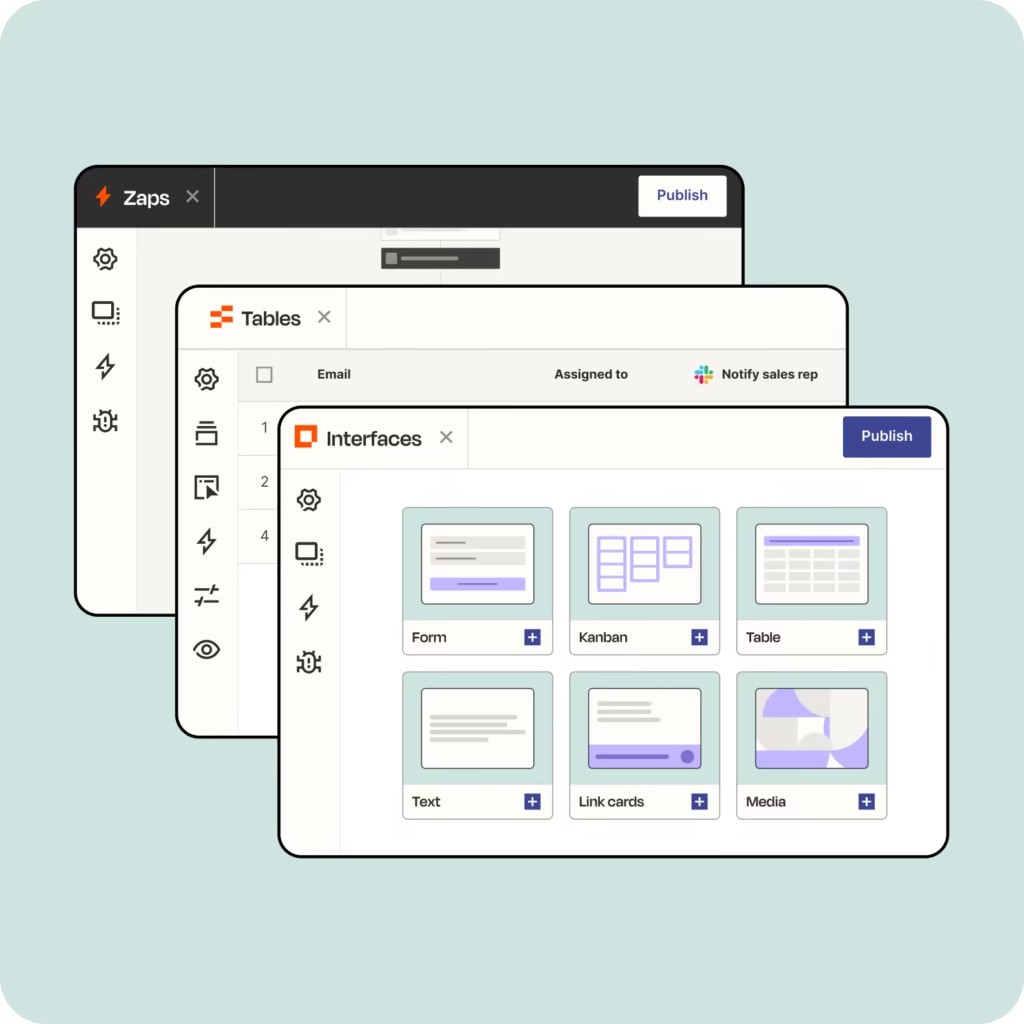Why Automation is No Longer Optional for Small Agencies
Introduction
In today’s fast-paced digital world, small marketing, branding, and PR agencies cannot afford to be weighed down by manual, repetitive tasks. As client demands grow, competition tightens, and resources stay lean, automation has shifted from a “nice to have” to a fundamental catalyst for efficiency, consistency, and growth.
The Stakes for Small Agencies
- A recent Washington Post piece noted that as U.S. economic growth slows, many companies are accelerating AI adoption to reduce costs and boost productivity. The Washington Post
- But adoption is uneven. A Guardian article in early 2025 observed that while many tech providers report “surging” AI and automation use among small businesses, many small business owners are still cautious—using rudimentary tools but not relying on them for critical operations. The Guardian
These observations matter deeply for small agencies: with fewer employees, each inefficiency is magnified.
Core Benefits of Automating Agency Processes
- Efficiency and Time Savings
- Automating lead capture, follow-ups, email sequences, social media scheduling, reporting — these tasks often consume several hours each week for small teams. Removing manual steps frees up that time for strategic work.
- In marketing agency-focused content (e.g., Vendasta), streamlining lead capture, scoring, and nurturing is consistently cited as a top benefit. Vendasta
- Consistency and Quality Control
- Human error creeps in when data entry, scheduling, or campaign rollout is done manually under time pressure. Automation helps ensure that every client gets a baseline level of thoroughness and quality.
- As one write-up of “The Importance of Automations” puts it, automation “ensure[s] consistent quality across all projects… technology helps decrease errors.” sumoquote.com
- Scalability Without Proportional Headcount Growth
- In agencies under 50 people, hiring extra staff is expensive: salary, onboarding, benefits, management overhead. Automation lets agencies serve more clients, manage more campaigns, or add services without directly doubling or tripling support or operations staff.
- Vendasta’s list of 15 essential agency processes that benefit from automation includes client onboarding, social media management, reporting & analytics — all tasks that can sharply scale with the help of automated workflows. Vendasta
- Better Client Experience and Responsiveness
- Quick responses, less lag, personalized follow-ups, fewer dropped leads — all of these improve client retention and satisfaction. Small agencies can edge out larger, slower competitors by being nimbler.
- For example, using automated lead scoring and segmentation ensures that the right prospects receive timely messages tailored to their behavior, increasing conversion rates. Vendasta
- Cost Savings / Mitigated Burnout
- Automation reduces repetitive, low-value tasks. That means agency staff can focus on higher-impact work (strategy, creativity), which helps morale and retention.
- According to research cited in The Washington Post, many firms are using AI and automation to reduce costs in support roles. In one survey, companies like IBM replaced hundreds of HR roles with automated tools, cutting budgets in that area by ~40%. The Washington Post
Potential Risks / What to Do Carefully
While automation brings clear upside, small agencies need to approach with intention:
- Avoid over-automation: Some tasks require human judgment, creative thinking, personal touch. If you automate everything blindly, you risk losing what makes your agency unique.
- Data integrity and oversight: Automated workflows depend on good data. Bad data multiplies mistakes. Ensure data is clean, gateway checks exist, and humans monitor outputs.
- Tool-stack complexity: Using many different tools that don’t talk to each other leads to friction. Better to pick fewer, well-integrated tools than many one-offs.
- Client transparency: Let clients know which parts of your process are automated, especially where they might expect a human touch (e.g. initial messaging, content creation). Managing expectations is key.
Practical Steps for Agencies < 50 People
- Audit current workflows
List out all recurring tasks that consume time: client onboarding, proposals / quotes, social media scheduling / approvals, reporting, follow-ups, content calendars, etc. - Prioritize the 20% that take 80% of the time
Often scheduling, reporting, lead follow-ups, and data entry are big time drains. - Select tools & integrate
Choose tools that are appropriate to your size. For instance, CRMs with built-in marketing automation, social media schedulers, email automation, proposal / quote tools. Ensure they integrate (APIs, webhooks, or native integrations). - Start small, iterate
Automate a single process fully, refine it, train the team, measure impact. Then add another one. - Measure and adjust
Key metrics might include: time saved, error rates, lead conversion time, client satisfaction, cost per campaign. Use these to justify further automation or refine existing ones.
Conclusion
For small marketing / branding / PR agencies, automation isn’t a luxury—it’s a strategic necessity. It allows you to punch above your weight: deliver better work faster, serve more clients, maintain consistent quality, and reduce burnout. The competitive advantage goes to those who can work smarter, not just harder. Start small, be thoughtful, and in a few months, you may find that what once seemed like overhead has become a foundation for sustainable growth.

